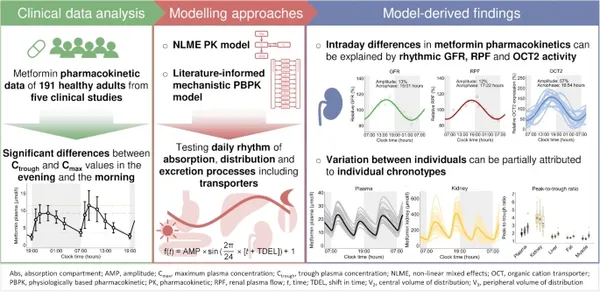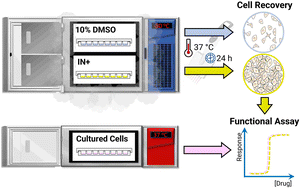Publications
A complete up-to-date list of publications of Robert can be found on Google Scholar and full-texts might be available from the Warwick Research Active Portal (WRAP).
TafkaTT: The algorithm first known as TimeTeller - now out in PLoS Computational Biology
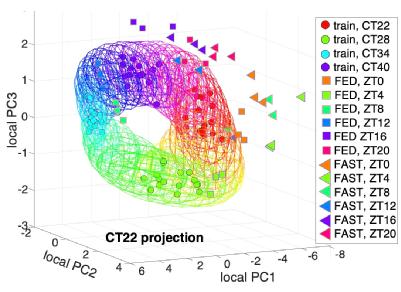 |
Very long time in the making and already online as a preprint, now finally out as peer-reviewed paper with contributions from 2 MRC DTP students from the lab (Laura Usselmann and Vadim Vasilyev) and in collaboration with David Rand as well as Sascha Ott, Francis Lévi and George Bjarnasson. |
Tuning the photoactivated anticancer activity of Pt(IV) compounds via distant ferrocene conjugation
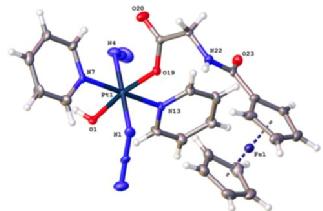 |
Led by Huayun Shi from the Sadler lab we discover and characterise novel photoactive prodrugs for cancer treatment that offer potential for spatially-selective anti-tumour activity with minimal effects on normal tissues.Photoactive metal complexes in particular, have a rich and relatively unexplored photochemistry, especially an ability to undergo facile intersystem crossing and populate triplet states. Here, the photoactive octahedral Pt(IV) complex trans,trans,trans-[Pt(N3)2(OH)2(py)2] was conjugated to ferrocene to introduce novel features into a candidate photochemotherapeutic drug. Visible light irradiation gives rise to micromolar activity for these compounds in ovarian, lung, prostate and bladder cancer cells |
5-FU PKPD model suggest patient chronotypes!
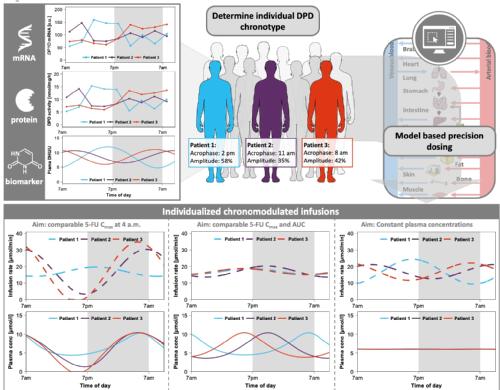
Lead by the Thorsten Lehr's PKPD group at the University of Saarland, this paper is taking a treasure trove of patient 5-FU PK data amalgamated with DPD activity data from health people to establish a novel PKPD model of 5-FU that captures the extent of diurnal variations in DPD activity and can help investigate individualized chronomodulated 5-FU therapy through testing alternative personalized dosing strategies. This work is based on the the discovery of diurnal variations impacting cancer therapy. Especially, use of chronomodulated treatment with 5-fluorouracil (5-FU) has gained significance. Studies indicate high inter-individual variability in diurnal variations in dihydropyrimidine dehydrogenase (DPD) activity – a key enzyme for 5-FU metabolism. However, the influence of individual chronotypes on chronomodulated therapy was unclear but is needed to optimize precision dosing of chronomodulated 5‑FU.
How to unfreeze liver cells without killing them (just to later kill them with drugs)?
This is a real issue in drug screening, especially high throughput assays are suffering from low viability after thawing of cells, and associate labour-intensive remidies. To address this, we helped the Gibson Group to show off their impressive anti-freeze technique in a paper entitled: "Cryopreservation of Assay-Ready Hepatocyte Monolayers by Chemically-Induced Ice Nucleation: Preservation of Hepatic Function and Hepatotoxicity Screening Capabilities"
Being able to recover many HepG2 cells as well as primary hepotocytes as we demonstrate in this paper is a step in the direction to make this process more efficient and reducing variation!
Metformin pharmacokinetics are modulated by the patients indiviual chronotype
Treatment at the optimal time-of-day shows benefits for patients in various indications from cancer to diabetes mellitus, although for example in type 2 diabetes this has not been investigated in dedicated clinical trials. Here, we use a modelling approach to ask if metformin pharmacokinetics exhibit significant variation depending on time of application, and then predict and test what the underlying causes might be.
Analysis of clinical data from a large dataset revealed significant intraday variation of metformin pharmacokinetics. Empirical and mechanistic pharmacokinetic modelling showed that variation in pharmacokinetics could be attributed to rhythms in glomerular filtration rate, renal plasma flow and organic cation transporter 2 activity. Also, and importantly, interindividual variation was partly explained by individual “chronotype”. This suggests that not only do metformin pharmacokinetics show pronounced time-of-day dependent differences, but also interindividual variability based on chronotype might impact metformin efficacy and present opportunities for future optimised chronomodulated therapy of type 2 diabetes patients.
